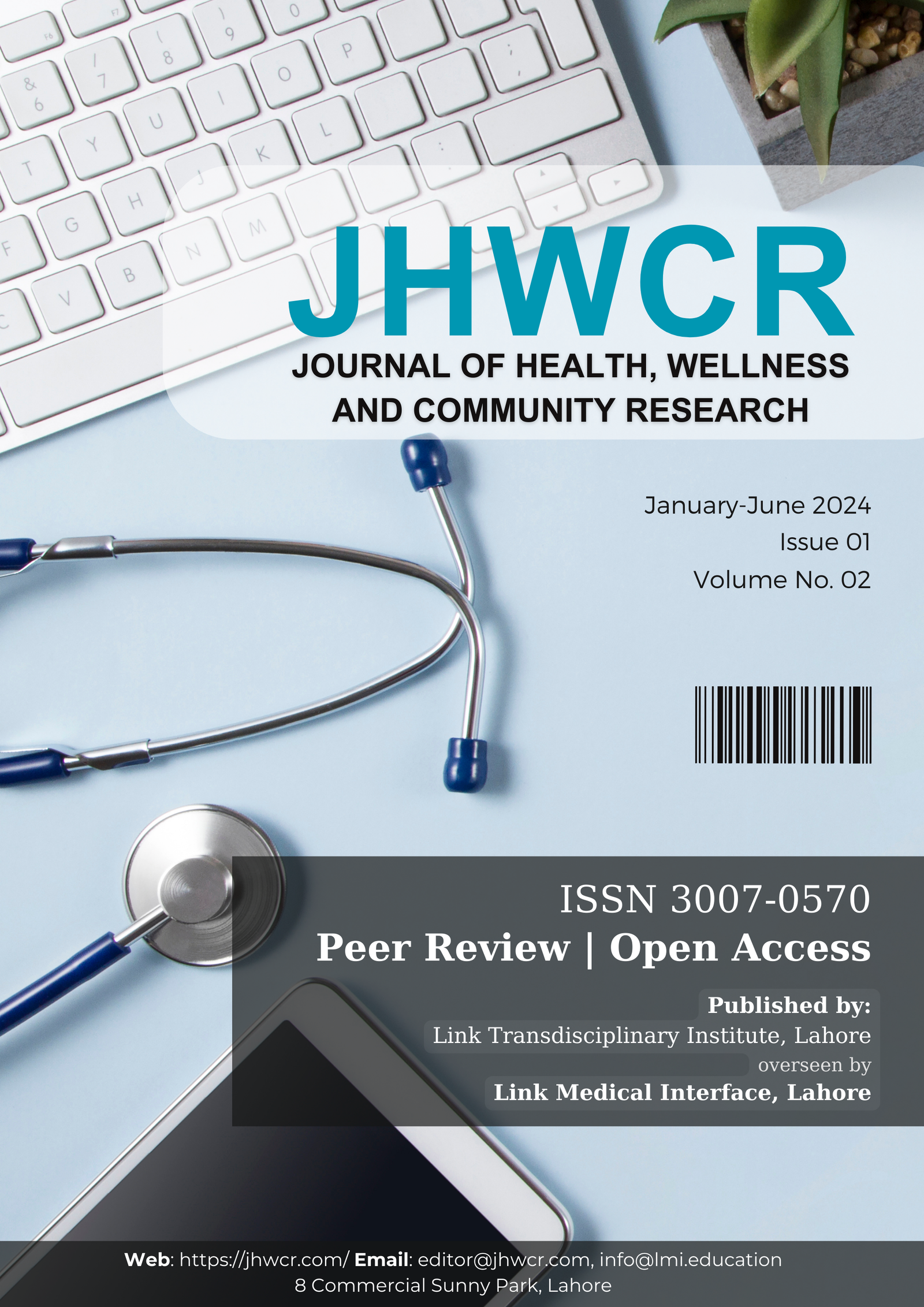Frequency of Neurological Manifestation in Patient with Dengue Fever
DOI:
https://doi.org/10.61919/d8defm70Abstract
Background: Dengue fever is a significant public health concern with a rising incidence of neurological complications, particularly in tropical regions. Despite mounting global evidence of neurological involvement, data remain limited regarding its frequency, pattern, and risk factors among patients in Pakistan, creating a critical knowledge gap for effective clinical management. Objective: This study aimed to determine the frequency and types of neurological manifestations in patients with confirmed dengue fever, with specific analysis by dengue virus genotype, symptom duration, age, and gender, to inform improved risk stratification and patient care. Methods: In this cross-sectional observational study, 226 adult patients with laboratory-confirmed dengue fever admitted to Bolan Medical Complex, Quetta, between November 2022 and November 2023, were consecutively enrolled. Inclusion required age 20–50 years and positive dengue serology, while those with pre-existing neurological or chronic systemic disease were excluded. Data were collected using structured proformas, including clinical assessment and neurological evaluation, supported by neuroimaging and CSF analysis as indicated. Ethical approval was obtained from the institutional review board in accordance with the Helsinki Declaration. Data were analyzed using IBM SPSS v22 with descriptive and inferential statistics (chi-square, logistic regression), considering p < 0.05 as significant. Results: Neurological manifestations were identified in 35.8% of patients, with paresthesia (15.9%) and seizures (11.9%) being most common. DEN2 genotype (p = 0.01, OR 4.0, 95% CI 1.2–13.2) and longer fever duration (p = 0.002, OR 3.9, 95% CI 1.5–10.3) were associated with higher neurological complication rates. Male gender showed a higher risk of seizures (p = 0.04). No cases of stroke or transverse myelitis were observed. Conclusion: Neurological complications are prevalent among dengue patients in this region, with DEN2 genotype and extended fever duration as significant risk factors. Early neurological assessment and targeted monitoring can improve clinical outcomes, underscoring the importance of integrating neurological surveillance into routine dengue care.
Downloads
Published
Issue
Section
License
Copyright (c) 2025 Irfan Adil, Nasrullah Lango, Asghar Babar, Noor Ahmed, Abdul Hameed (Author)

This work is licensed under a Creative Commons Attribution 4.0 International License.


